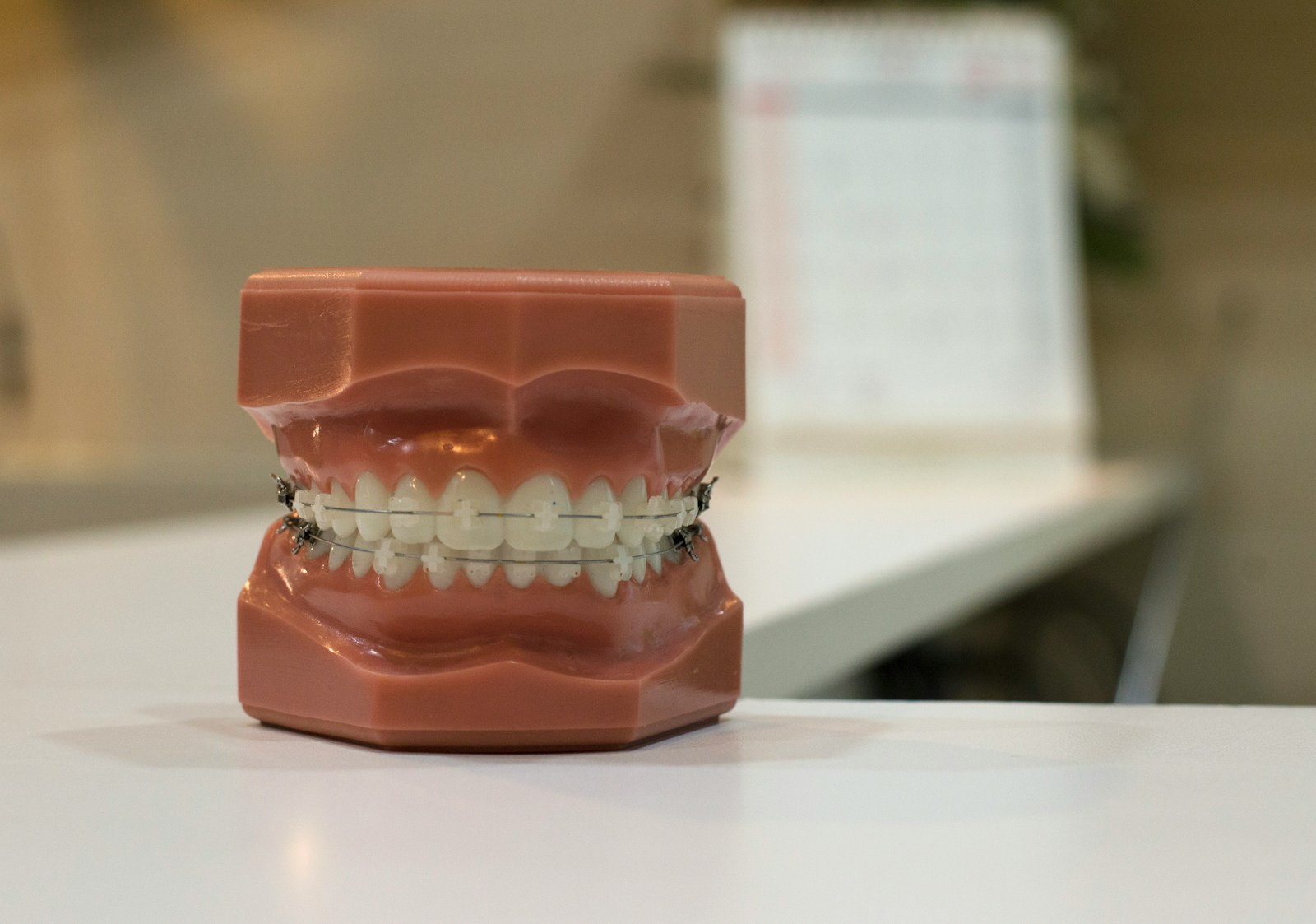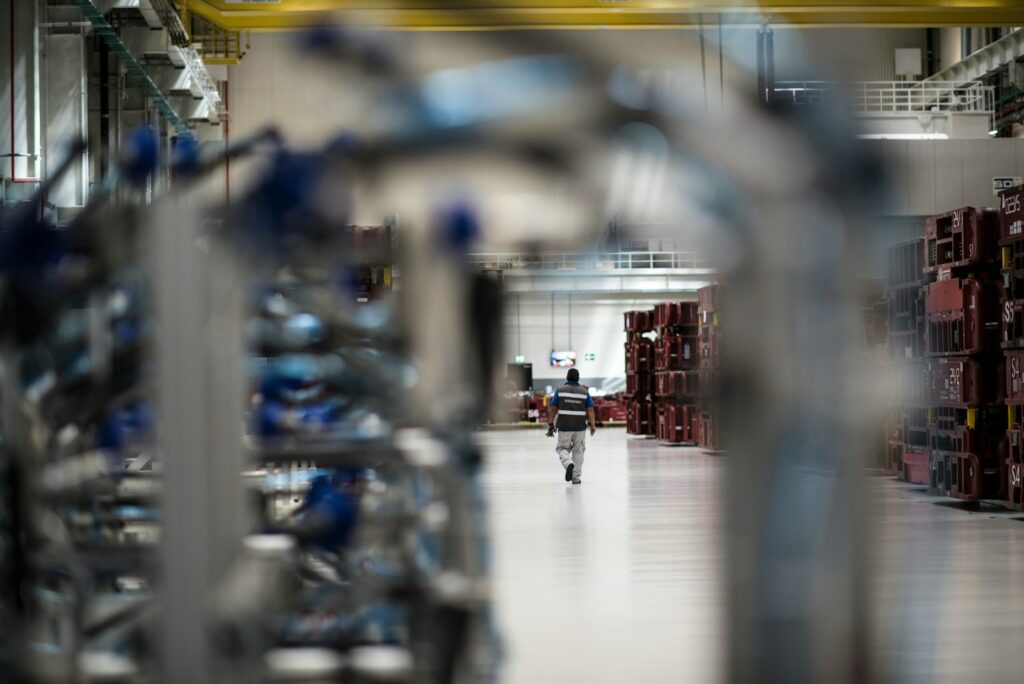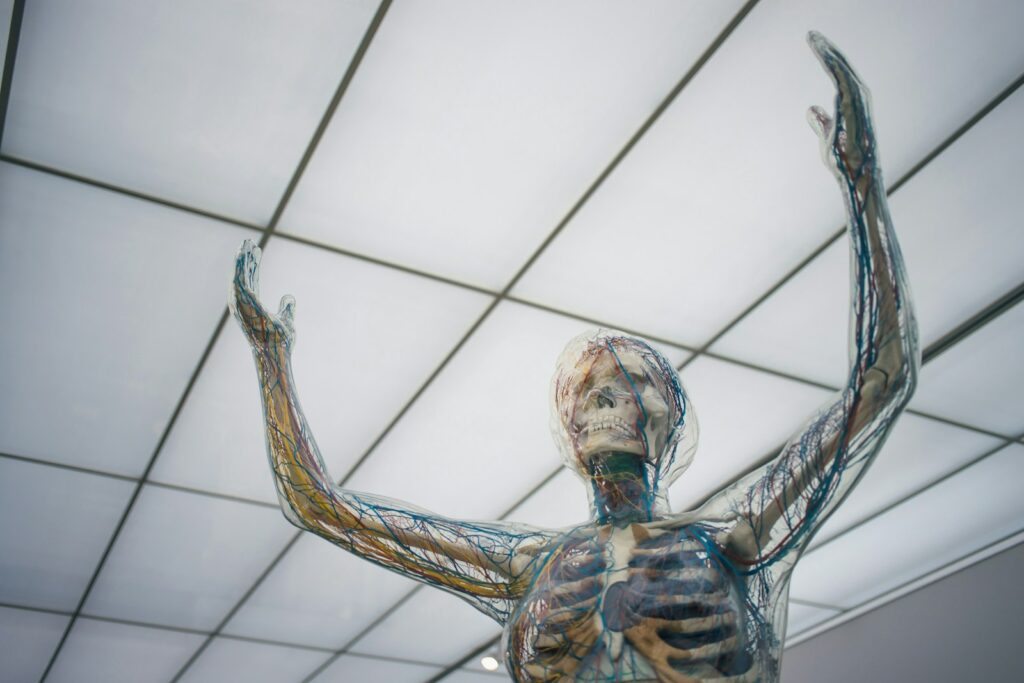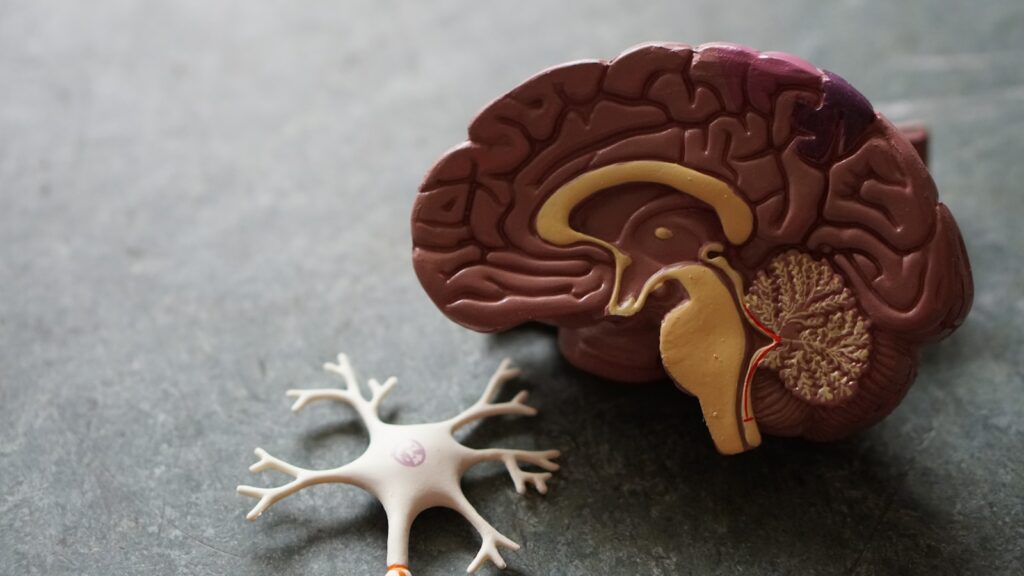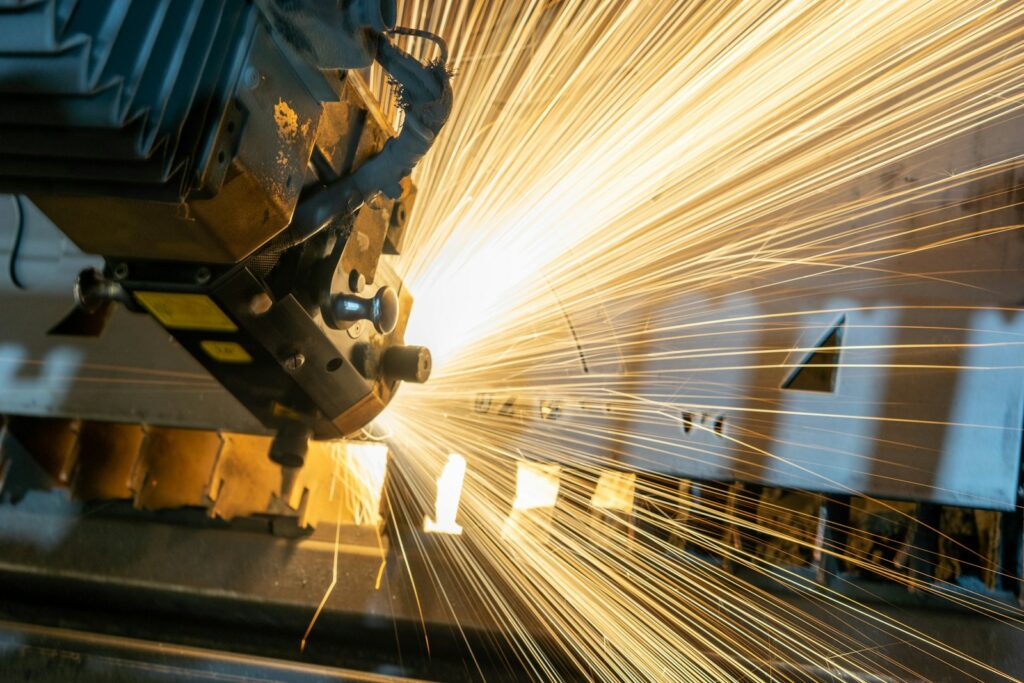The University of Copenhagen has developed a digital twin by integrating artificial intelligence and virtual patients.
The digital twin model, a result of the University of Copenhagen’s pioneering work, has the potential to improve patient comfort significantly. By accurately predicting how teeth will move, it ensures that braces are not too tight or loose, reducing the need for frequent adjustments and visits to the orthodontist:
“Our simulation is able to let an orthodontist know where braces should and shouldn’t exert pressure to straighten teeth. Currently, these interventions are based entirely upon the discretion of orthodontists and involve a great deal of trial and error. This can lead to many adjustments and visits to the orthodontist’s office, which our simulation can help reduce in the long run,” says Professor Kenny Erleben, who heads IMAGE (Image Analysis, Computational Modelling, and Geometry), a research section at UCPH’s Department of Computer Science.”
Using the bone structures of human jaws and scanned imagery of teeth, scientists can effectively determine how braces should be designed to straighten patients’ teeth. The digital twin model, developed by the University of Copenhagen, also plays a crucial role in predicting teeth movement, potentially overcoming the challenges associated with orthodontic treatment over a patient’s lifetime.
“The fact that tooth movements vary from one patient to another makes it even more challenging to accurately predict how teeth will move for different people. Which is why we’ve developed a new tool and a dataset of different models to help overcome these challenges,” explains Torkan Gholamalizadeh, from 3Shape and a PhD from the Department of Computer Science.
All in all, digital twins act as an effective tool to monitor and mitigate potential challenges with orthodontic care, not just within industrial scenarios many imagine digital twins acting in. Digital twins can enable orthodontists to accurately map and analyze risks by utilizing live data, enabling them to put in place measures for more effective orthodontic care, as outlined by the tool in this article.
If you found this article to be informative, you can explore more current metaverse news here, exclusives, interviews, and podcasts.


